This post may contain affiliate links. Read our disclosure policy.
One of the first things we learned in my baking class in culinary school was how to temper chocolate.
I was SO excited to learn how to do this because for some reason it always really intimidated me and I never tried to learn it on my own.
I have no idea why I was so intimidated because as I learned in school, it’s actually SUPER easy.
Really all it takes is a little precision and patience – and if you watch the video I made for you and follow the instructions, you will be on your way to tempering beautiful, shiny, hard chocolate in no time!
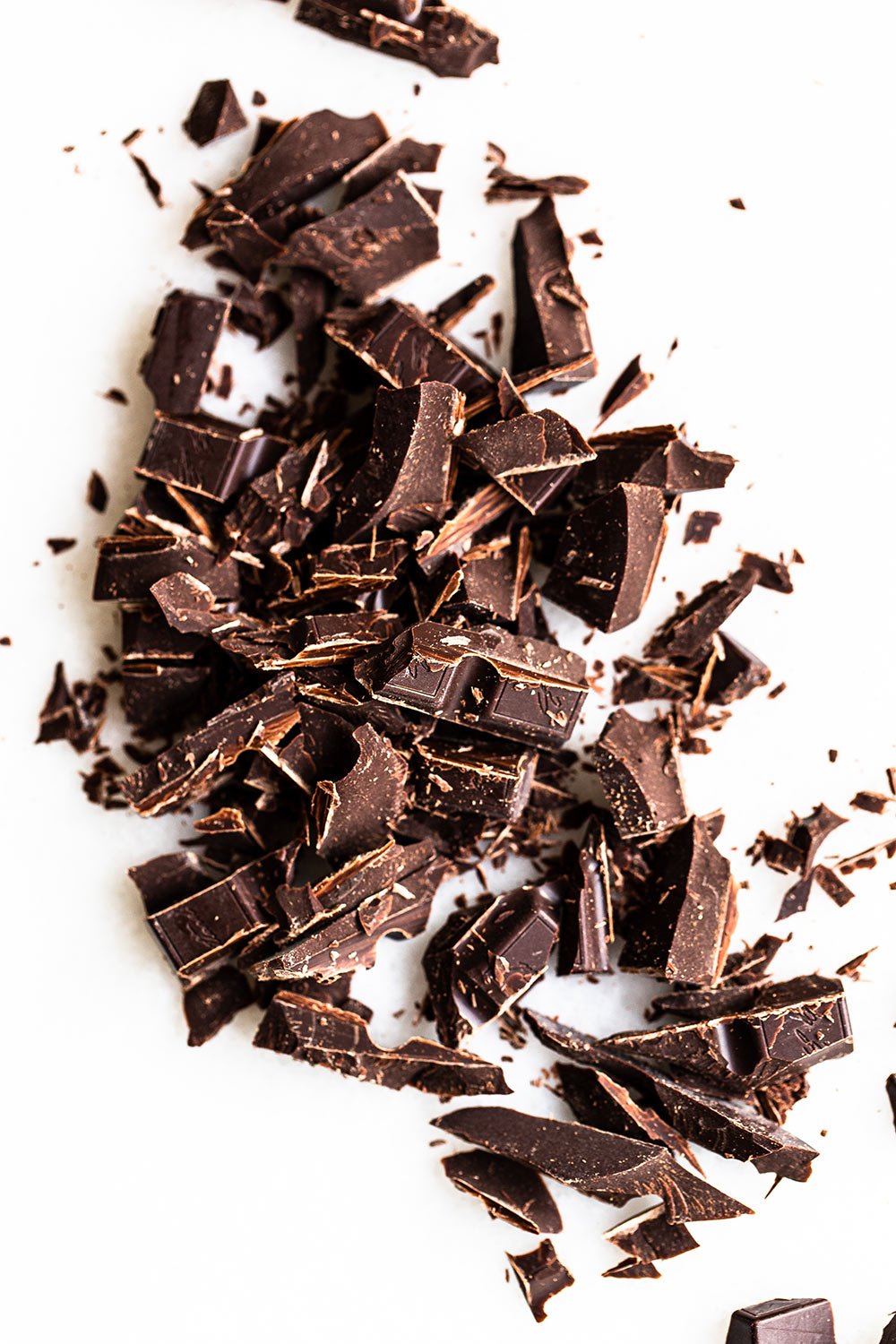
Tempered chocolate is wonderful to use when making homemade candy, such as truffles or peanut butter cups, or peppermint bark, because it maintains a nice smooth, shiny, and hard texture even at room temperature.
It gives your candy a professional quality and makes it much easier to serve and transport – not to mention it just tastes better because you get that wonderful snappy texture. Stay tuned for some recipes utilizing tempered chocolate.
How to Temper Chocolate
TWO RULES for Melting Chocolate
These apply to both melting and tempering chocolate.
1. Never heat above 120°F for bittersweet or semisweet chocolate. If tempering milk or white chocolate, avoid heating above 110°F.
This will sacrifice chocolate flavor.
2. Never expose melted chocolate to water
- Any water will cause the chocolate to seize. Even a droplet from steam!
- You know your chocolate has seized when it becomes lumpy instead of smooth.
- If your recipe calls for liquid, such as butter, water, coffee, or liqueur, always melt it alongside the chocolate simultaneously.
What Does it Mean to Temper Chocolate?
- The process of tempering creates chocolate coatings that are ultra smooth, glossy, and have a crisp satisfying snap when eaten.
- Tempering allows us to manipulate the fat molecules in the cocoa butter of the chocolate to arrange its crystalline structure in a way that creates that snappy chocolate texture.
- This same process, along with proper storage, also helps to prevent the chocolate from blooming, which is when a white coating forms on the surface of the chocolate.
- When using tempered chocolate to coat, say, Oreo cookies, the coated cookies won’t require refrigeration to stay hard and snappy.
When Do I Need to Use Tempered Chocolate?
- Tempering chocolate is perfect for making chocolate candies, truffles, dipped confections, or chocolate cake decorations.
- If you just use melted chocolate to dip, you won’t get a coating that stays snappy. It’ll be dull and soft and will need to be refrigerated just to avoid melting.
- Tempered chocolate products stay hard at cool room temperature. Avoid storing at warm temperatures and at high humidity to protect the tempered chocolate’s structure.
When is Tempered Chocolate Not Needed?
You don’t need to temper if you’re simply adding melted chocolate into a batter, mousse, or ganache.
How Does Tempering Chocolate Work?
- The process involves controlling the melting, cooling, and reheating of chocolate within specified temperature ranges depending on the kind of chocolate.
- The goal of tempering chocolate is to ensure the development and longevity of Form V crystals, one of the six types of cocoa butter crystals.
- This type of fat crystal is stable and contributes to the coveted textural properties of a delicious chocolate treat!
- Maintaining and controlling the development of Form V crystals is also crucial to avoid the unpleasant white, chalky appearance that can form on chocolate when recrystallization occurs.
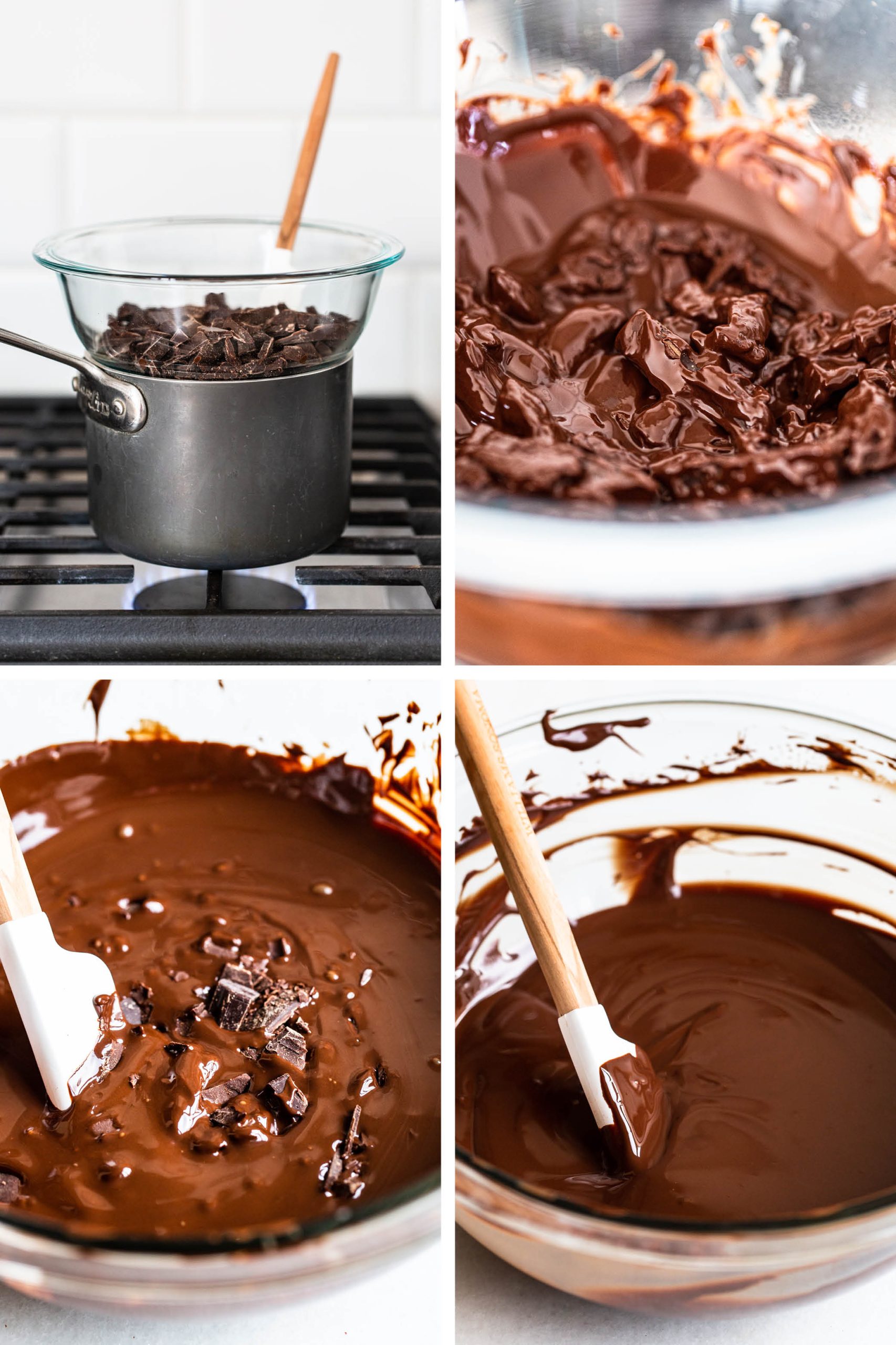
Why Temper Chocolate?
- Simply put, it’s the best way to get that beautiful professional chocolate coating (without any additional ingredients or refrigeration) while maintaining a delightful chocolate flavor.
- Tempering can be an extra step that feels tedious. There are ‘chocolate’ candy melt products available at many stores that produce a similar crunchy coating when dipped.
- Unfortunately, many of these chocolate compound products aren’t actual chocolate because the cocoa butter has been replaced by hydrogenated industrial oils. They taste artificial and don’t provide the same satisfaction.
 What is the Best Chocolate for Tempering? Can you Temper Chocolate Chips?
What is the Best Chocolate for Tempering? Can you Temper Chocolate Chips?
- Only use high-quality bars of chocolate for baking (such as Ghirardelli baking bars or even Trader Joe’s Pound Plus chocolate) or couverture chocolate wafers (such as Guittard or Valrhona).
- If using bars, finely chop the chocolate with a serrated knife.
- Finely chopped chocolate will melt more evenly.
- DO NOT use chocolate chips. These have added ingredients that help them to maintain their chip shape when exposed to heat and will not melt down smoothly for tempering.
Can you Temper Chocolate Without a Thermometer?
- In my opinion, a thermometer truly is essential to tempering chocolate because it takes the guesswork out and ensures your temper will set up beautifully.
- Chocolate is expensive so I like to make sure I have the proper tools for success!
- You can use a chocolate thermometer to register the temperature stages of tempering chocolate, or simply a high-quality digital thermometer.
What is a Double Boiler?
- A double boiler is simply a heatproof bowl set over a saucepan filled with about an inch of simmering water.
- You just want to make sure the bowl on top doesn’t touch the water.
- This allows the chocolate to be melted gently by the heat.
- You can use metal or glass bowls for the top part of the double boiler.
- Glass will take longer to cool down as required to temper in Step 2.
How to Save Seized Chocolate
The way to fix seized chocolate is completely counterintuitive. It’s done by actually adding a little bit of melted butter, oil, or water back into the mixture and stirring vigorously. Unfortunately, at this point, the fixed melted chocolate should only be used for chocolate sauce or hot chocolate and not in a recipe.
Fun uses for tempered chocolate:
- Chocolate Truffles
- Peppermint Oreo Truffles
- Homemade Peanut Butter Cups
- Chocolate Covered Strawberries
- Decorating Chocolate Cupcakes!
- Dip pretzels or potato chips
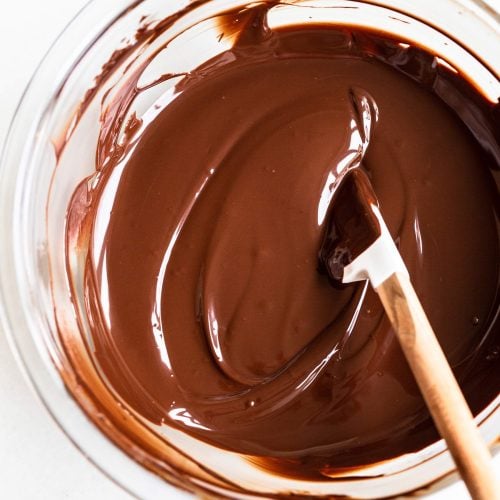
How to Temper Chocolate
Ingredients
- 16 ounces (454 grams) baking chocolate, finely chopped
Instructions
Tempering Chocolate by Seeding:
Tempering Chocolate by Seeding:
- In a double boiler, melt 2/3 of the chocolate, stirring often, until the thermometer registers around 115°F, but absolutely no higher than 120°F. If tempering milk or white chocolate, heat to 110°F. Remove from the double boiler. Make sure all equipment that comes in contact with the chocolate remains completely dry. Any water will cause the chocolate to seize.
- Gradually seed in the remaining chocolate to bring the temperature down, stirring vigorously and constantly. Stir until the temperature drops to 84°F. This can take some time, usually about 15 minutes, so just be patient – it will come down to temperature! A glass bowl will take longer to cool. Speed this process up by carefully placing the bowl of chocolate into an ice bath, making sure not to get ANY water in the chocolate.
- Reheat the chocolate briefly by placing the bowl back over the double boiler for 5 to 10 seconds at a time, stirring, until it reaches 89°F. This is the “working temperature.” Do not leave the chocolate over the water or let it exceed 91°F.
- You’re done! Test your temper by dipping a small piece of parchment into your chocolate. Let it sit at room temperature for a few minutes. The chocolate should be smooth and firm. If it’s streaky or runny, try stirring in more chocolate to the mixture to bring the temperature down further.
- Tempered chocolate can be tempered over and over again. You want to keep the working temperature of about 89°F when working with it. If it goes far below that temperature, set it back over the double boiler until it is 89°F again. If it goes much above that temperature, add more seed chocolate to drop the temperature.
- Put 2/3 of the chocolate in a microwave-safe bowl. Melt at 50% power in 1-minute intervals, stirring between each interval, until melted and smooth. The chocolate should only be between 100 – 110°F.
- Add remaining chocolate in small amounts while stirring. Be sure that the pieces are completely melted before adding more.
- The chocolate will thicken and become cool, shiny, and smooth as you continue stirring and “seeding” it by adding additional small amounts. When it has reached the range 84-91°F, the chocolate will be tempered and ready to work with.
Recipe Notes
This post was originally published in 2013 and updated with more tips and new photos in 2020 and 2023. Photos by Ashley McLaughlin.
Article Credits:
- Written by Tessa Arias
- Edited by Jessie Bruce, Master’s of Public Health Nutrition and Dietetics Candidate at UC Berkeley
Sources:
- Industrial Chocolate Manufacture And Use (2009). In Beckett S. T. (Ed.), (Fourth ed.). United Kingdom: Blackwell Publishing Ltd.
- Amendola, J. (2002). Understanding Baking: The Art and Science of Baking (3rd Edition). Wiley
- Global Education US. https://bookshelf.vitalsource.com/books/9781118558713
- Brenner, M., Sorensen, P., & Weitz, D. (2020). Science and Cooking: Physics Meets Food, From Homemade To Haute Cuisine (First ed.). New York, NY: W. W. Norton & Company, Inc.
- Lonchampt, P., & Hartel, R. W. (2006). Surface bloom on improperly tempered chocolate. European Journal of Lipid Science and Technology, 108(2), 159-168.
doi: https://doi.org/10.1002/ejlt.200500260 - McWilliams, M. (2016). Foods (8th Edition). Pearson Education (US). https://bookshelf.vitalsource.com/books/9780134204666
- Reaver, A. (2021, Nov. 10). Lipids II – classification, function [Course Lecture]. Introduction and Application of Food Science, University of California, Berkeley, Berkeley, CA, United States.
- Culinary Institute of America. (2022). Tempering Chocolate for Homemade Candy. Retrieved March 20, 2022, from https://www.ciafoodies.com/tempering-chocolate-for-homemade-candy/


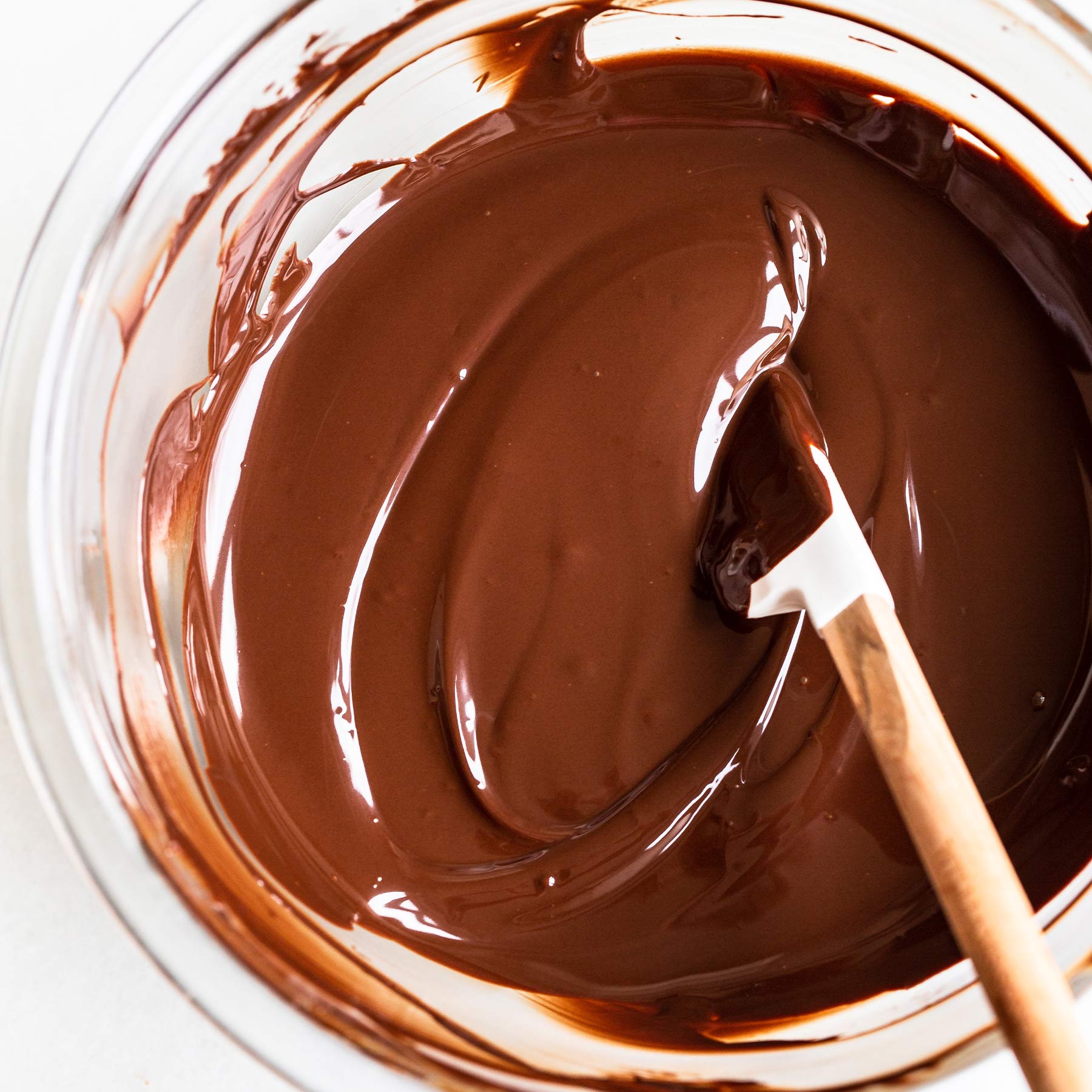
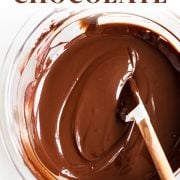
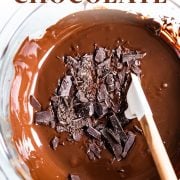
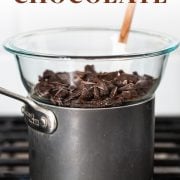
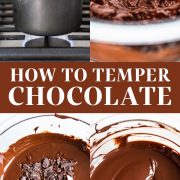
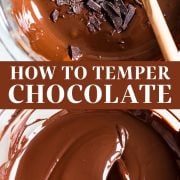
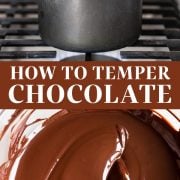
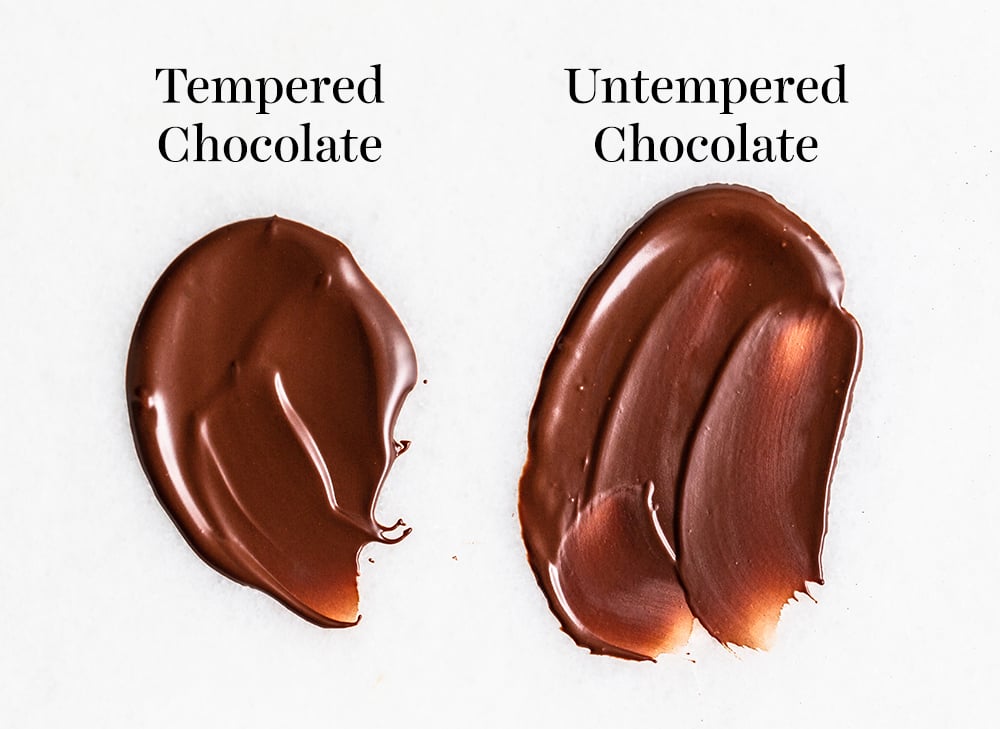 What is the Best Chocolate for Tempering? Can you Temper Chocolate Chips?
What is the Best Chocolate for Tempering? Can you Temper Chocolate Chips?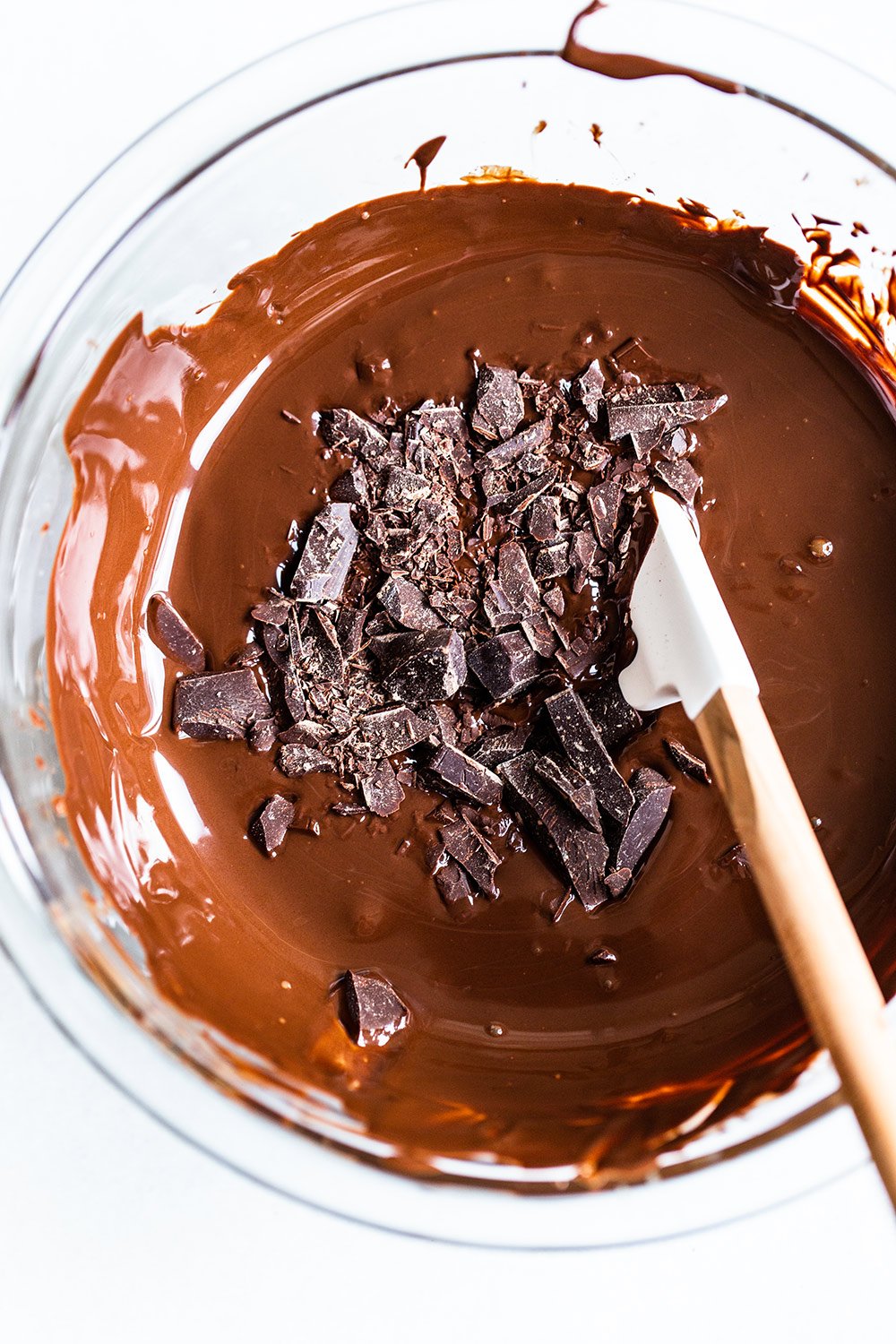

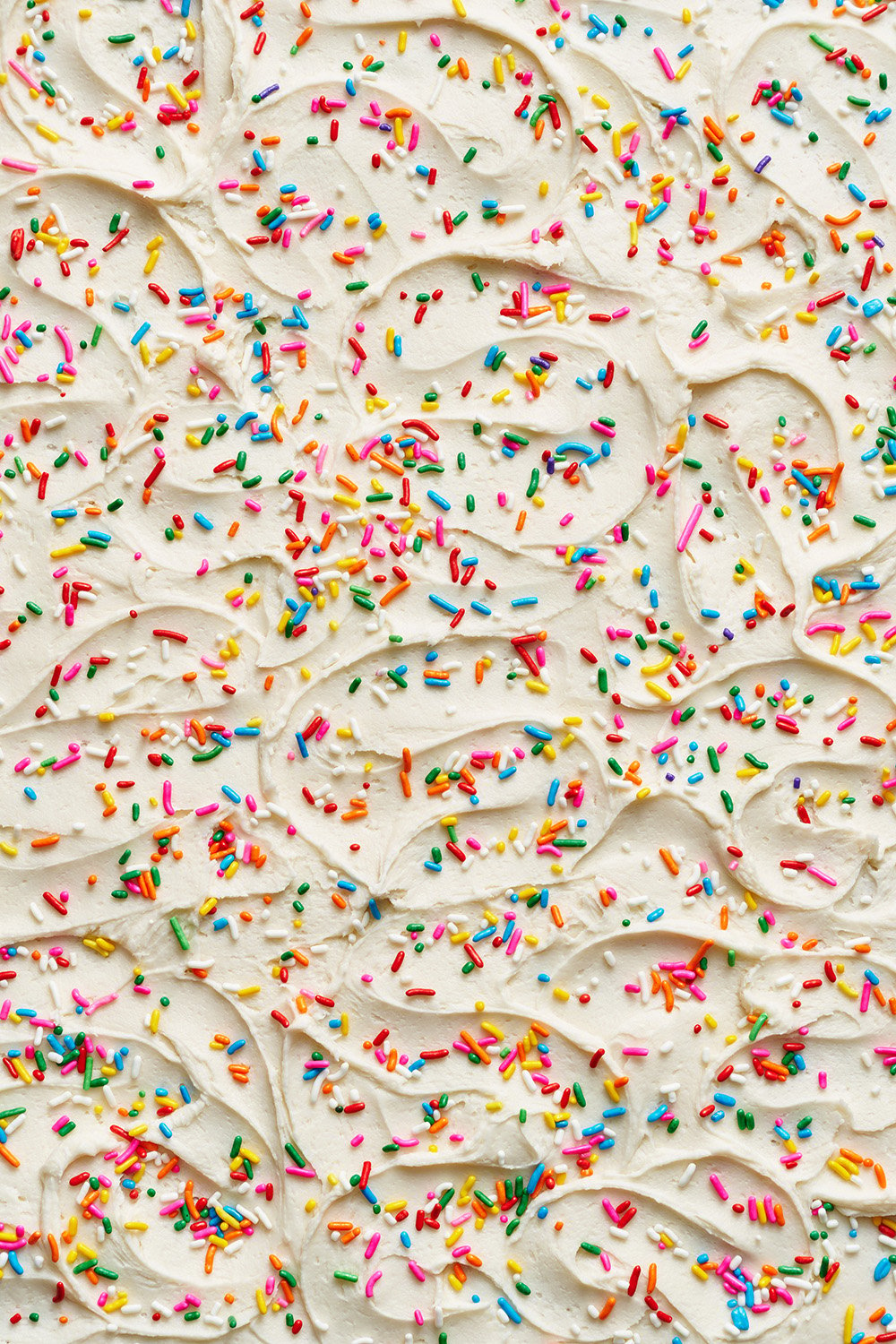
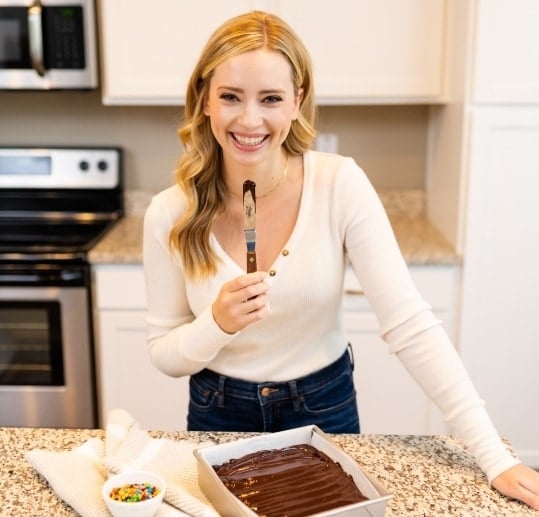

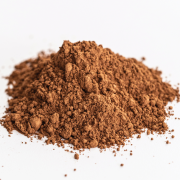
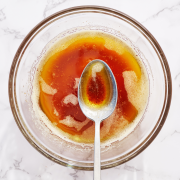
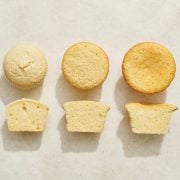
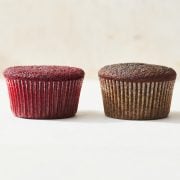
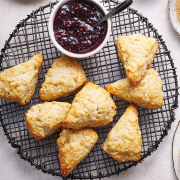
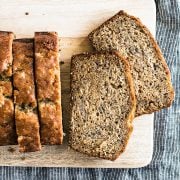
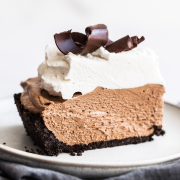
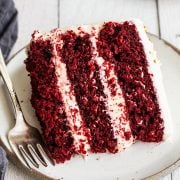








Is this same method for using chocolate to decoration?
Tempered chocolate is less susceptible to heat and humidity and doesn’t melt…it also has a shiny flawless appearance. Not technically necessary for writing in chocolate, but I’d recommend it ☺️
Attempted—did not come out the way I had hoped, but no fault of the video (issues with my thermometer and first attempt). Video and directions clear—will definitely try again.
I’m so glad everything was detailed enough for you, hopefully next time your chocolate will turn out perfect! 🙂
Thank you!
Hi Tessa thank you so much, this is really informative.
I have a question, say you’re coating a lot of truffles and it will take about 30mins to an hour, how often should you check the temperature to make sure it’s 89°. And what’s the lowest temperature chocolate can be whilst still being able to temper.
I hope that makes sense and thank you so much!
I’d recommend keeping a thermometer in the chocolate to watch it 🙂 You want to keep the working temperature of about 89°F when working with it — If it cools to about 84°F to 86°F and is still fairly liquid, it can be reheated to a liquid consistency. It would still be considered tempered chocolate; however, if it has cooled and solidified, it would need to be re-tempered. If you keep your chocolate at its working temperature, it will stay in temper for many hours. Good luck!
Very helpful and informative! Her explanation helped me understand the science. It takes a little time to master getting the right temperature, but it happens.
So happy to hear this helped you, Norene!
Are the directions the same in the microwave as the stove top when the temperature has dropped down and you want to temper the chocolate again? Thanks
I am working on an old family recipe for a chocolate cake. It has three thin cookie layers separated by a chocolate cream. Then, on top a chocolate glaze. The way I remember it from childhood, the glaze was a hard dark shiny layer. I tried to make it last night. Clearly the “glaze” did not come out as such. My daughter told me about tempering chocolate, which brought me here.
The recipe I have from my mother is really just an ingredients list. For the glaze 75g chocolate, 85g sugar, and 100g water. Does that make any sense to you? Seems that just chocolate and sugar would make more sense and that the water may have been a misunderstanding from somewhere along the passing down of the recipe.
Hello,
Just to let you know I finally go around to getting a thermometer and doing this, after about my 1st attempt I started to get a reasonable routine going and it all went well, the 3rd batch being the best of the lot.
Many thanks, Maria
So glad to hear that!
I have a question— I want to create chocolate shards, which I saw on the British Baking Show on Netflix. The bakers would pour the chocolate on waxed paper and let it cool and harden. Is this tempering? Or do I have it confused with something else? Also, after I am through cooking, can I add sugar and alcohol to it before I pour on the waxed paper? I apologize if this question is off-topic. Thank you. Shoshana Powell
Hi Shoshana, yes that sounds like the bakers were tempering chocolate! If you want a full tutorial on how to make chocolate curls, I’ve got a step by step video for this saved to my Instagram highlights: https://www.instagram.com/stories/highlights/17862094313208357/
Hi Tessa,
Is it necessary to temper chocolate in order to make hot chocolate bombs?
Thank you!
Hi Tessa, I have made a couple of attempts to make a good fruit and nut chocolate bar. Learning how to temper the chocolate was easy with your directions… and the bars came out just great…such a difference when tempered! Yes is has that look and crisp snap to it. I did it in my double boiler and just added in the fruit and nut mixture to the melted chocolate, then poured it all out on a tray…so easy so good.. I am 72 years old and love trying new things like this. I am already thinking of more possibilities using the tempered chocolate and you have mentioned a few…so more experimenting! Thank you William
This is amazing! I’m so glad you found this article helpful.
Thank you